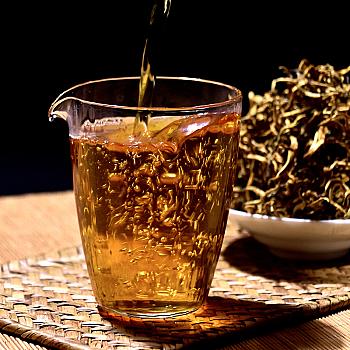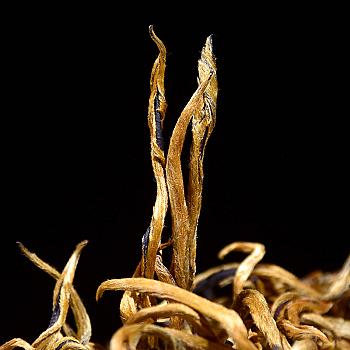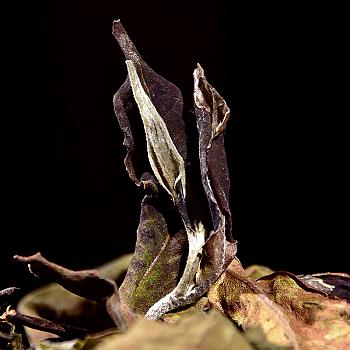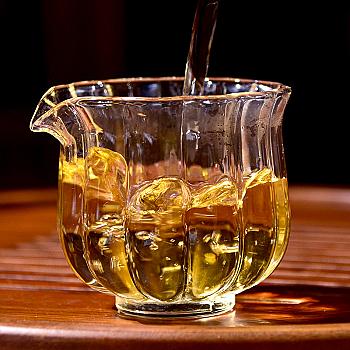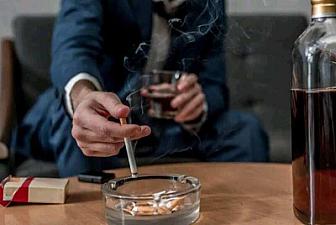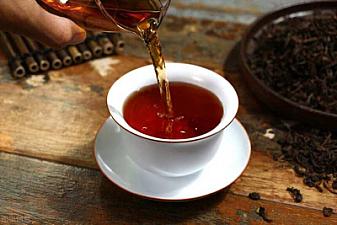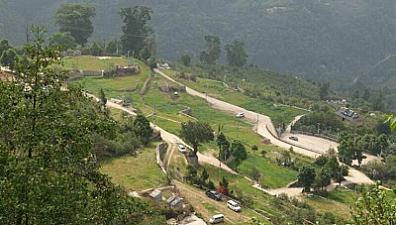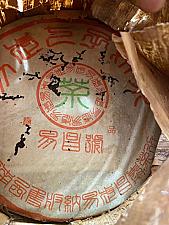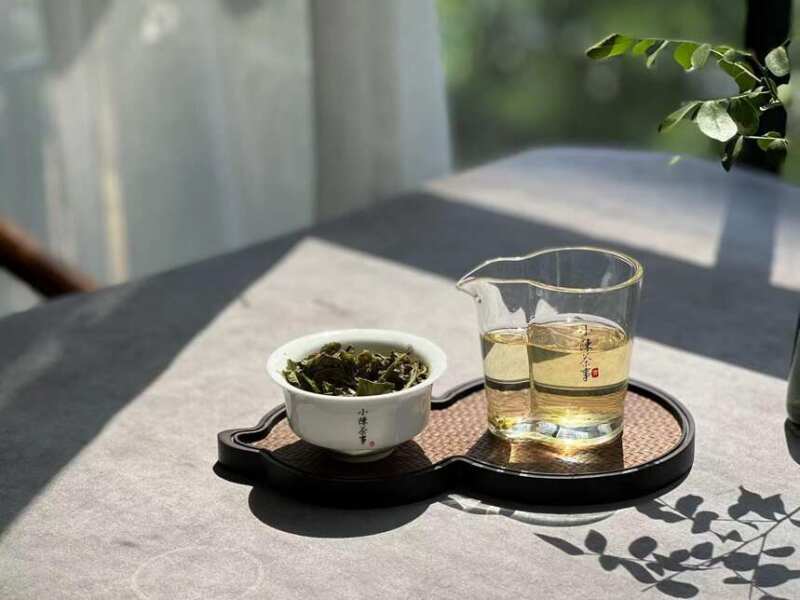
Having a charcoal stove at home is a bit of a safety hazard, how to ensure it's safe? Here are some practical tips to get you started with a charcoal tea stove at home.
September 15, 2025
In the morning, I usually drink a cup of white jasmine tea. Currently, I need to drink more tea amino acids, to supplement my vital energy. In the background of fighting viruses, this winter is even more bleak. Now, all industries have really entered the "winter". As a tour guide, no one dares to sign up now, at least I need a rest.

In the morning, a cup of white peony tea as usual.
Drink more tea amino acid now, replenish vital energy.
In the backdrop of fighting viruses, this winter has been more bleak than ever.
Right now, all walks of life are just experiencing a "winter" for real.
Going on a trip now? Nobody is brave enough to sign up, at least three months of rest are needed.
Those who run restaurants find it even more difficult, as their dining halls are almost empty. Even popular eateries from before are on the verge of collapse.

In theory, we just work and stay in the office, write some documents, drink some tea, there should be little or no impact.
But his warehouse friends say that many places can't send out packages.
Even some tea drinkers leave a comment when ordering: "Please don't send it."
Even if it was sent out there, nobody would have delivered it or not know where along the way it was intercepted.
Everything seems to be delayed.
So, the long time at home, mobile phone and WiFi, became like water and air.
Actually, most tea lovers all have a habit of "stockpiling grain to prevent famine".
I've already prepared enough rice and tea for a month or so; even if I'm trapped here for over half of that, I won't be afraid.
It's tolerable now that we have enough money to live in a house.

Volume 2
A few days ago, "Walled Brazier Brewing Tea" became a hit on social media.
Not only are people who have drunk tea before, but also young people who don't usually drink tea like it because they've tried roasting tea.
But now's environment, staying home is the best choice.
Rest a lot and drink a lot of tea, so you will have the energy to resist viruses.
And find some things that make you happy too.
For example, cooking tea around a brazier that was done outdoors is now brought inside the room.
But even making tea at home requires a lot of skills.
Many of you may not know how to brew tea, brewing tools and brewing time.
Therefore, today's article will briefly summarize Chen Cun and Li Mafu's tea-making experience in the hope that it will be helpful to fellow tea enthusiasts.

Episode 3
Technique One: Steeping Tea in a Electric Clay Pot
When outdoors, many people choose to use a charcoal stove and put a clay teapot on top to brew tea.
Roast sweet potatoes, boil tea, bake oranges... Three or five friends chat about heaven and earth, reminiscing the past.
Taking a photo and posting it on WeChat, instantly creating a lively atmosphere.
But in fact, there are many safety issues behind charcoal stoves.
In ample supply of oxygen outdoors, charcoal can burn completely and most is converted into carbon dioxide.
But if indoors, choose with caution.

Firstly, when burning charcoal, insufficient combustion may produce large quantities of carbon monoxide.
It's a colorless, odorless and tasteless gas that is not easily detectable.
Particularly if doors and windows in a room are shut tight, high concentrations of carbon monoxide will result from the normal combustion processes.
There will also be a risk of fire.
After all, people have grown accustomed to using electricity and seem a bit awkward with fire now.
If life habits are not good enough, there is a hidden danger of fires.
Regardless of the angle from which you look at it, electric ceramics kilns are safer than carbon kilns.
As soon as you plug in power and turn on the switch, it can start heating up.

Chapter 4
Tip 2: Do Not Brew Tea in Metal Teapot
Once you have chosen a suitable teapot, you must also choose a suitable kettle.
Some tea enthusiasts like to brew their tea in a teapot made of silver or copper for a more refined taste.
In advertisements, these kinds of teapots are usually labeled with phrases such as "Improving water quality", "Adjusting the acidity" and so on.
At this moment it is very easy to attract attention from everyone.
However, village girl Chen said from an objective angle that metal teapot is not necessary.
In olden days, people often used clay or porcelain teapots for brewing tea.
Although some silverware were used, they are rarely used for brewing tea.
It's said that metals and tea leaves are contrarian since ancient times.

Even until today, the smelting of metal is constantly improving, but low-quality products are not in short supply.
Therefore, it is not advisable for everyone to use metal teapots blindly during this period of turmoil.
Furthermore, there are certain elements in the metal that will be released when heated for a prolonged period of time.
Not only does it not make the tea soup taste better, but it will also affect the color and taste of the soup, making it feel dull and less refreshing.
Compared to that, it is still safer to use a glass jar.
The glass teapot is transparent, easy to clean and makes the tea clear and bright.
So village girl Chen's habit of making tea is using an electric clay stove with a glass teapot.
Not only can appreciate the scene of tea leaves in the pot floating and dancing, but also convenient for observing the color changes of tea soup at any time, timely extinguish the fire.

Volume 5
Skill 3: Controlling tea water ratio
This article takes old white tea as an example.
Everyone familiar with our traditional tea stall knows that we usually use a standard 110 ml teapot to brew white tea.
Of course, it is the ratio of tea leaves to water for brewing tea.
During tea brewing, the time and temperature of water contacting with tea leaves are longer and more intense.
If it is still prepared in that ratio, the brewed tea must be very strong and bitter and not good to drink.
Therefore, we must make some adjustments accordingly.

A standard-sized glass bottle, roughly holds between 300 and 400 milliliters of water.
Directly boiling dried tea is best done with an amount of 1.5 to 2.5 grams.
There is too much water and not enough tea leaves.
Once you get it right, you can control the tea's bitterness and sweetness to produce a clear, refreshing, sweet and mellow old white tea.
Also, depending on how large or small your tea kettle is, and also whether you prefer stronger or weaker tea.
Then also can on this basis, flexible and varied.
But we still recommend not drinking too strong tea.
Prolonged intake of excessive amounts of tea polyphenols and caffeine is not good for one's health.

Issue 6
Skill Four: Pour tea after boiling water
When tea friends come often and ask what's the timing for pouring the tea?
In other words, should you let water boil completely before pouring it in or pour cold water directly into the tea?
Connoisseurs have already begun studying "three boiling methods" written in Teaclassics for more delicate tea making.
Actually, it's not that complicated.
If it's a dry tea that has not been steeped before, then boil water and pour over the tea.
The purpose of doing so is to reduce the contact time between tea leaves and boiling water in order to prevent excessive release of materials.
Especially for good tea, the most afraid of violent boiling.
Boil for a half hour to extract all sorts of stuff from the tea leaves, over-extracting tannins and caffeine, turning the soup deep red.

At first glance, it looks like a Chinese medicine soup.
Who could have imagined that it was an old white tea supposed to be sweet and fragrant?
Boiling water is poured over tea, which can make it easier for inexperienced people to control the strength of the tea.
If you're boiling leaves of tea plant, that is the leftover tea residue from when you drink regular tea.
As most of the catechin has already been released in previous brews, cold water brewing is suggested.
Let leaves absorb nutrients in deep soil by following rising water temperature, thus truly avoiding waste.
As for the second pot, third pot and fourth pot, you can decide whether to add hot water or cold water based on how they perform in the tea.
If it still has a strong flavor, then just continue to add water.
If the flavor has become quite bland, then add a little cold water and continue cooking for another short while.

Seven
Boiling tea can be complex or simple.
When you're in a good mood, take your camping gear and find a nice place outdoors.
Drinking mountain spring water while burning charcoal and brewing tea is unbeatable happiness.
But in special circumstances, one can't help but stay at home.
The way to convert is to discard those fussy, elaborate ways and return to the most pure tea-brewing.
Boil water, pour tea, boil up, lift the teapot, and serve a bowl in one swift motion.
The aroma and taste of tea soup should be more emphasized than its shape.
So, it is necessary to distinguish between important and unimportant things in order to make drinking tea easier, truly beneficial for your body.
